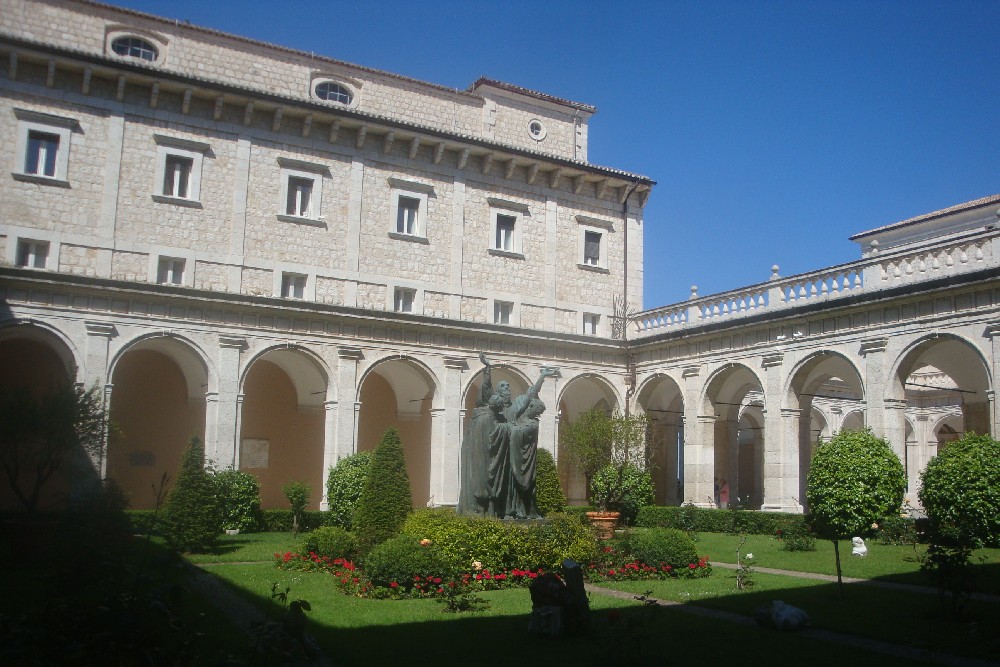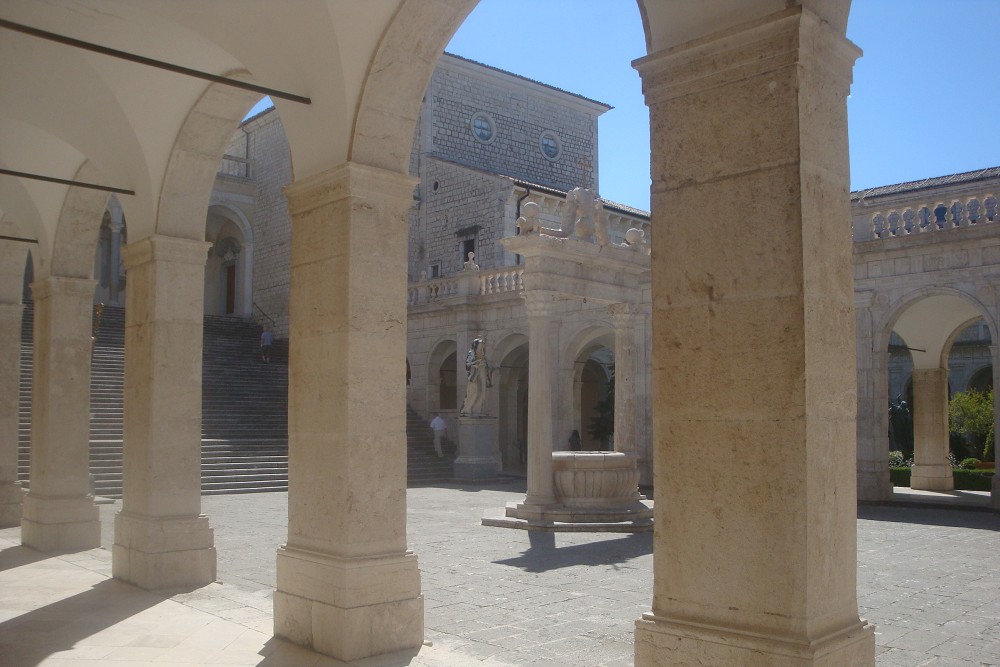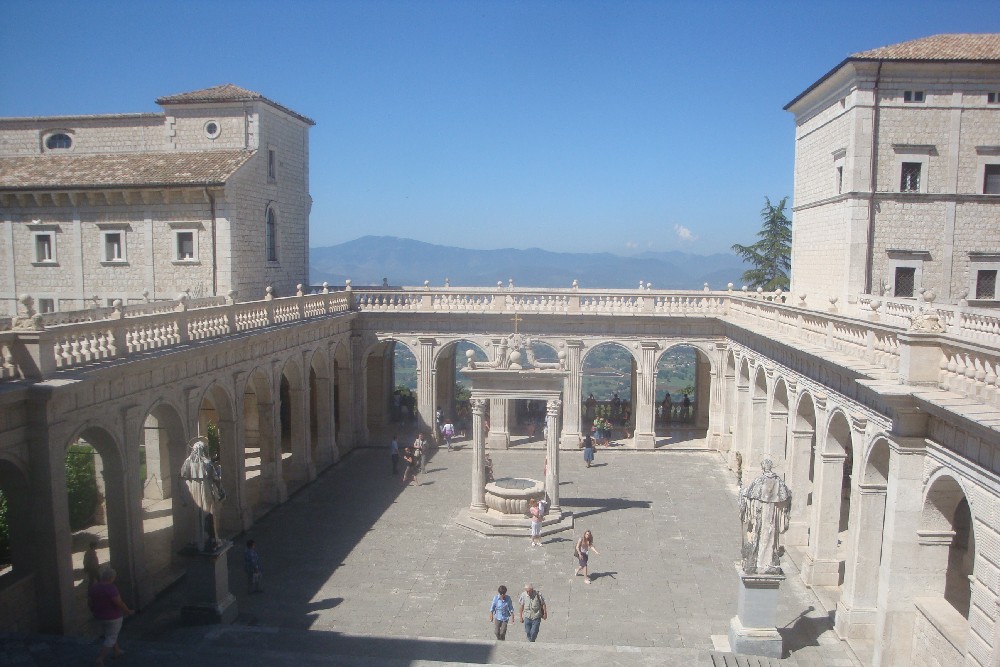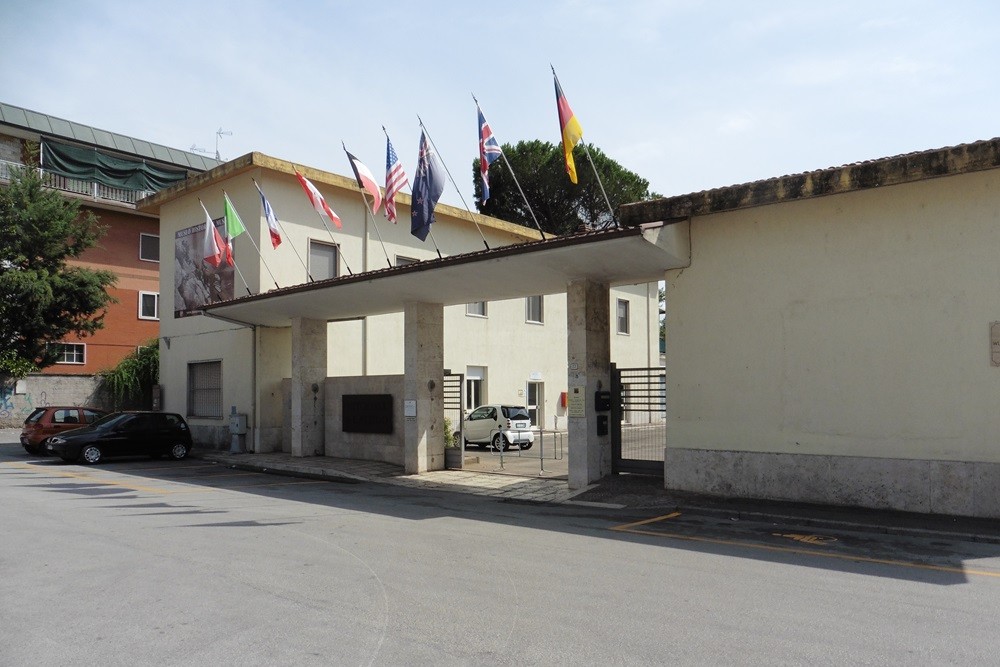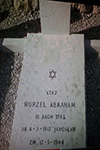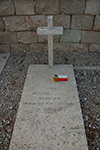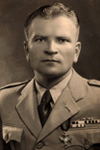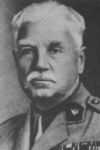Benedictine Abbey of Monte Cassino
During WW2, the abbey was an important part of the German Gustav defense-line. The Italians had by now surrendered and the Germans had to give up Sicily. In this mountainous landscape, the Germans built a series of defenses (from coast to coast) to delay the Allies for months.
The Allies wanted to break through to Rome and intended to liberate the entrapped troops at Anzio. The first battle began on January 4, 1944. From January 17 to 25, American units tried in vain to take the famous mountain and the city of Monte Cassino. The Americans withdrew with heavy casualties.
Observation Point:
According to some, the Germans used the abbey as an observation point and on February 15 it was decided to destroy it by an all-encompassing Allied bombardment. The monks and 800 civilians had taken refuge in the cellars of the building; 250 of them died.
Fortunately, the Germans had brought 1200 unique historical documents and books from the precious library of the monastery to Rome. After the three-hour bombardment, Kesselring ordered his troops to use the ruins as a defense. Another attack followed that lasted 3 days and also stalled. The ruins were bombed again on March 15. A third attack followed from 15 to 25 March. This attack, too, ran aground on the tough German defenses of the monastery and the city. Progress was only made in the so-called fourth battle of Monte Cassino, despite heavy losses again. On May 18, a reconnaissance unit of the Poles managed to occupy the ruins of the monastery from the now famous hill 593. The capture of Monte Cassino allowed the advance of British and American troops to march up to Rome.
Devastation:
Besides the monastery, the historic city was almost completely destroyed. The countless cemeteries around the city are reminders of this event. The Polish hill 593 is only accessible by foot. A masterpiece with lots of white plaster and a large cross. More than 1000 Poles are buried here, including a general who explicitly wants to be buried here among his soldiers. Despite the gruesome location, you have a beautiful view of the monastery a little further on. There is also a large modern WW2 museum in the city. The abbey was rebuilt in all its glory after the war and countless tourists and pilgrims visit the famous place nowadays. The monastery has also been very popular as a place of pilgrimage for centuries, especially after Benedict, who is buried in the crypt, was canonized here.
Do you have more information about this location? Inform us!
Source
- Text: Cheapskatetravel.nl
- Photos: Jeroen Koppes (1), Cheapskatetravel.nl (2, 3, 4, 5)
Related books
Nearby
Museum
Point of interest
Monument
- Memorial General Władysław Anders - Cassino
- Monument Bombardment Cassino March 15th 1944 - Cassino
- Monument Destruction Santa Maria delle Cinque Torri - Cassino
Cemetery
- Commonwealth Memorial of the Missing Cassino - Cassino
- Commonwealth War Cemetery Cassino - Cassino
- Polish War Cemetery Cassino - Cassino

